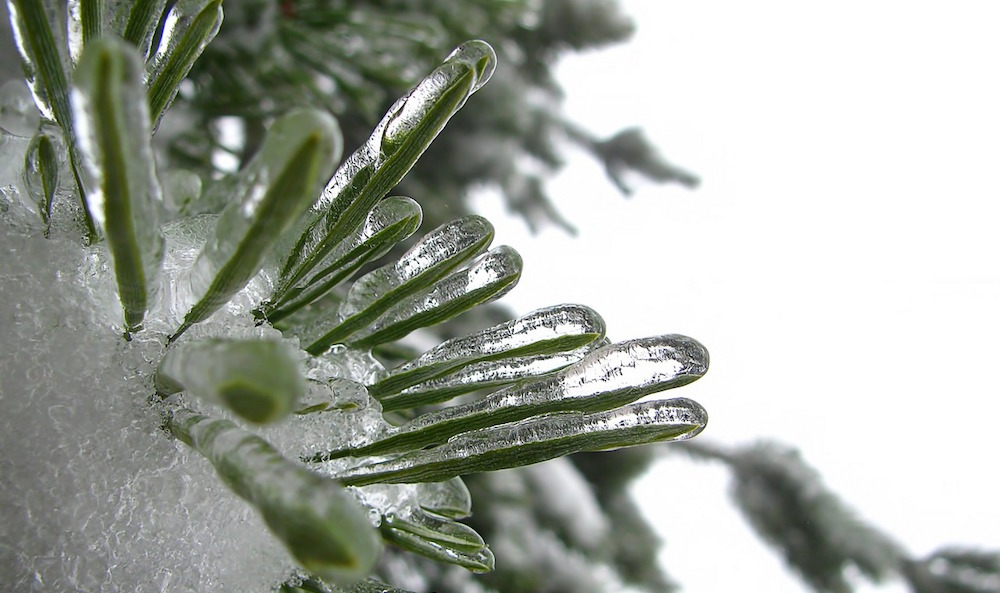Spring is nearly here, and that often means homeowners must contend with assessing the state of their landscaping after harsh winds, cold temperatures, and snow have taken their toll. This may mean determining what, if any, damage the cold left behind to trees, shrubs, and other greenery.
In St. Louis, we have recently experienced a significantly cold snap in early March 2017 that left many people wondering if their flowering trees would suffer damage due to freeze warnings. Learning how to identify signs of tree damage from cold weather and how a certified arborist can help may prevent you from having to make the tough decision of taking down a tree.
What is Winter Injury?
Winter injury describes plant damage often associated with the winter season. The damage done to plants and trees as a result of winter injury can vary from root or stem damage, winter browning, frost cracks, and even death of the plant. Injury due to low temperatures occurs during extreme fluctuations in temperature and not because of consistent cold weather.
So, for example, if warm spring temperatures make flowering trees bud for a time and the temperatures suddenly drop 20 to 30 degrees, you can expect damage to have occurred.
Trees that are most vulnerable to experiencing some kind of damage from winter injury are typically the younger trees, as variations on their conditions affect their health more severely than mature trees.
Signs of Tree Winter Injury
The first step to identifying winter injury to trees is to look for large brown patches on leaves that have already started to grow. To control for this after it has occurred, prune back damaged tissue in spring to minimize long-term issues as the seasons progress. To prevent winter injury in the future, it is recommended you plant native species accustomed to wintery conditions.
Next, you may notice branch tips or entire shoots experiencing dieback, or gradual death of a tree limb or branch starting at the tip of the limb. Although there are no measures to control for this after it has occurred, you can prevent dieback in trees from happening by keeping the soil well watered in fall before cold weather.
After you have noticed your trees have been damaged by winter injury, it’s best to contact a certified arborist to learn how they can treat your tree and provide guidance in the event your tree has suffered such severe damage that it has to be taken down.
How to Protect Trees from Freezing
If there is a freeze warning issued, there are certain things you can do to protect your trees. Some steps to take include:
- Cover trees with burlap, tarps, sheets, etc. until the warning has ended. Freezing conditions do not impact covered trees as much.
- Bring potted trees indoors overnight or during freeze warnings during the day. Since they can be easily transported, potted trees can more likely suffer few to no effects from winter injury if brought inside when necessary.
- Keep trees outside well watered, as the wet soil absorbs more solar radiation than dry soil and can re-radiate the heat during night, minimizing the chance for winter injury. Even evergreen trees can experience under-watering, so it is crucial they get the right amount of water to avoid winter injury.
For help with tree care from certified arborists in St. Louis, MO, contact Omni Tree Service Inc. today!
